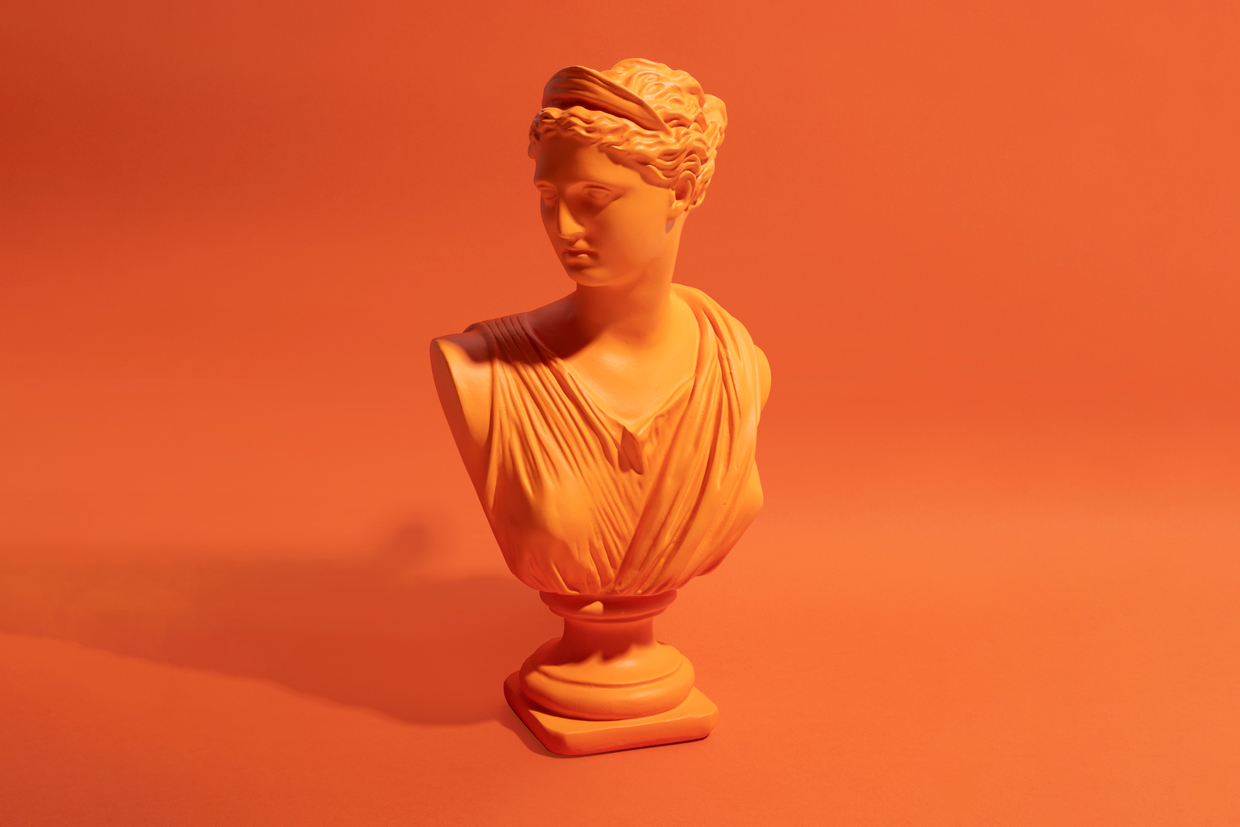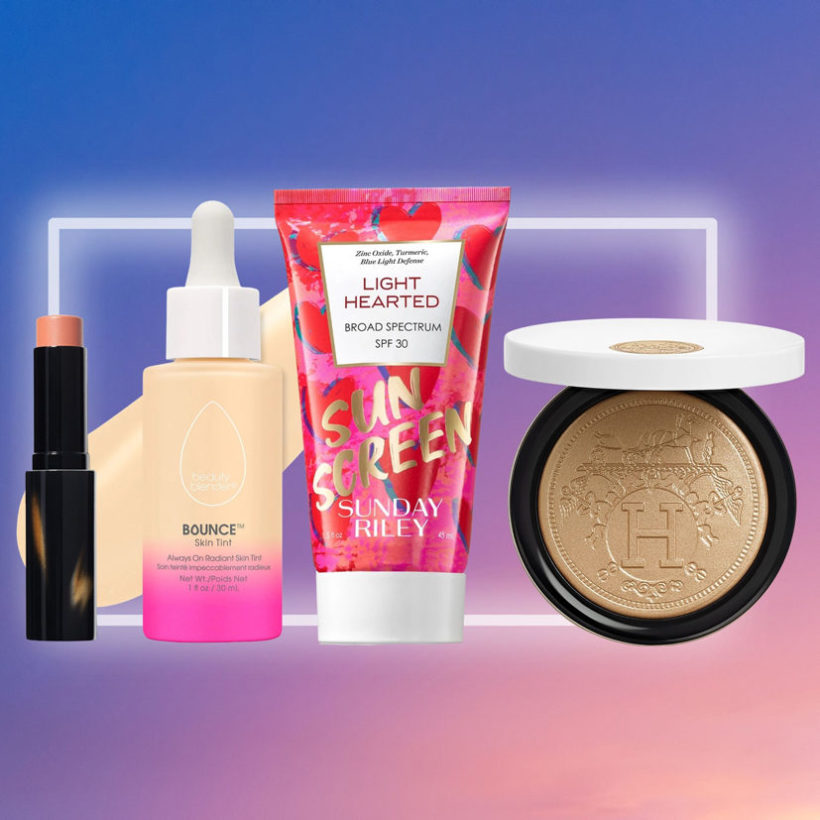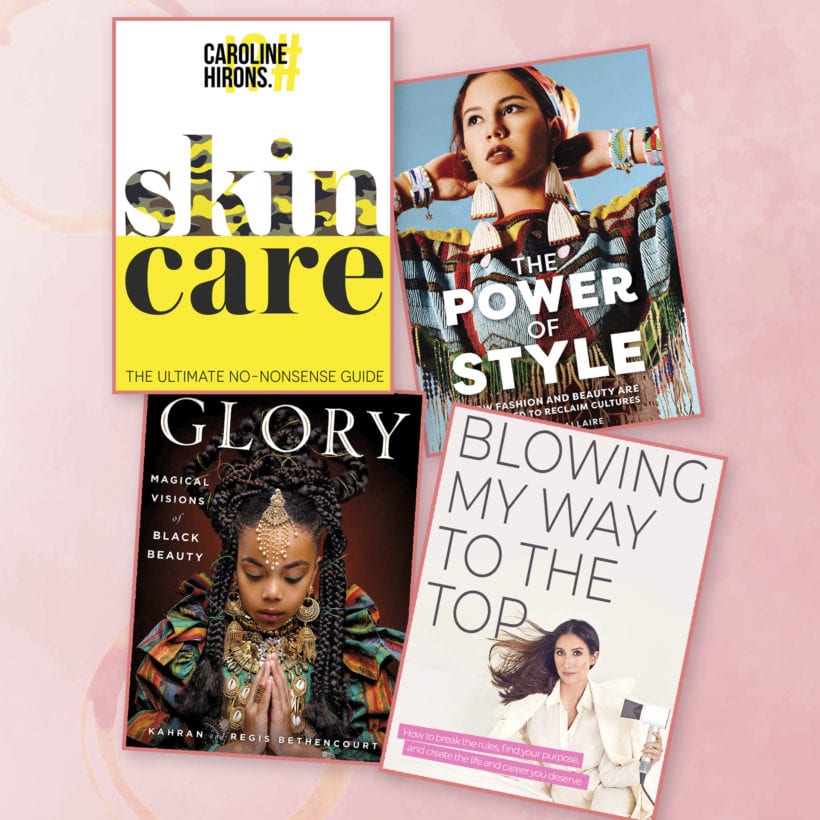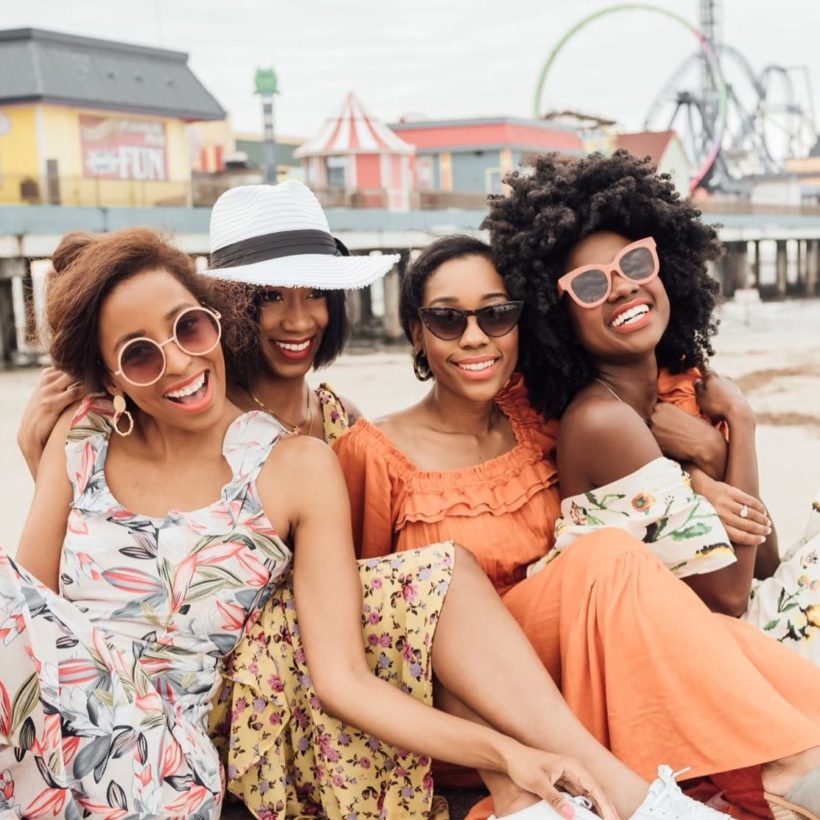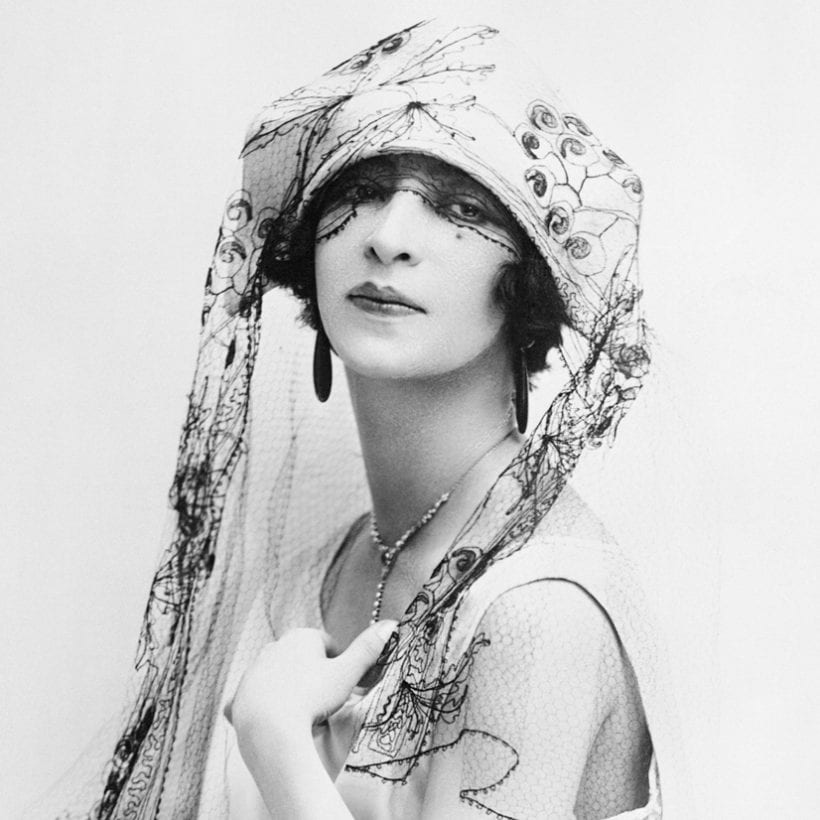Have you ever wondered why we find something beautiful? Well, the ancient Greeks did. So a group of mathematicians looked to define beauty in nature — to figure out why certain seashells, flowers and faces appealed to the human eye more than others. And they discovered a formula to explain it, which became known as the golden ratio. The ratio has been used over the centuries as a guide for architects and artists alike. (Leonardo da Vinci was a proponent and Dan Brown fans will remember the ratio’s prominence in The Da Vinci Code.) So how does it relate to beauty today — if at all?
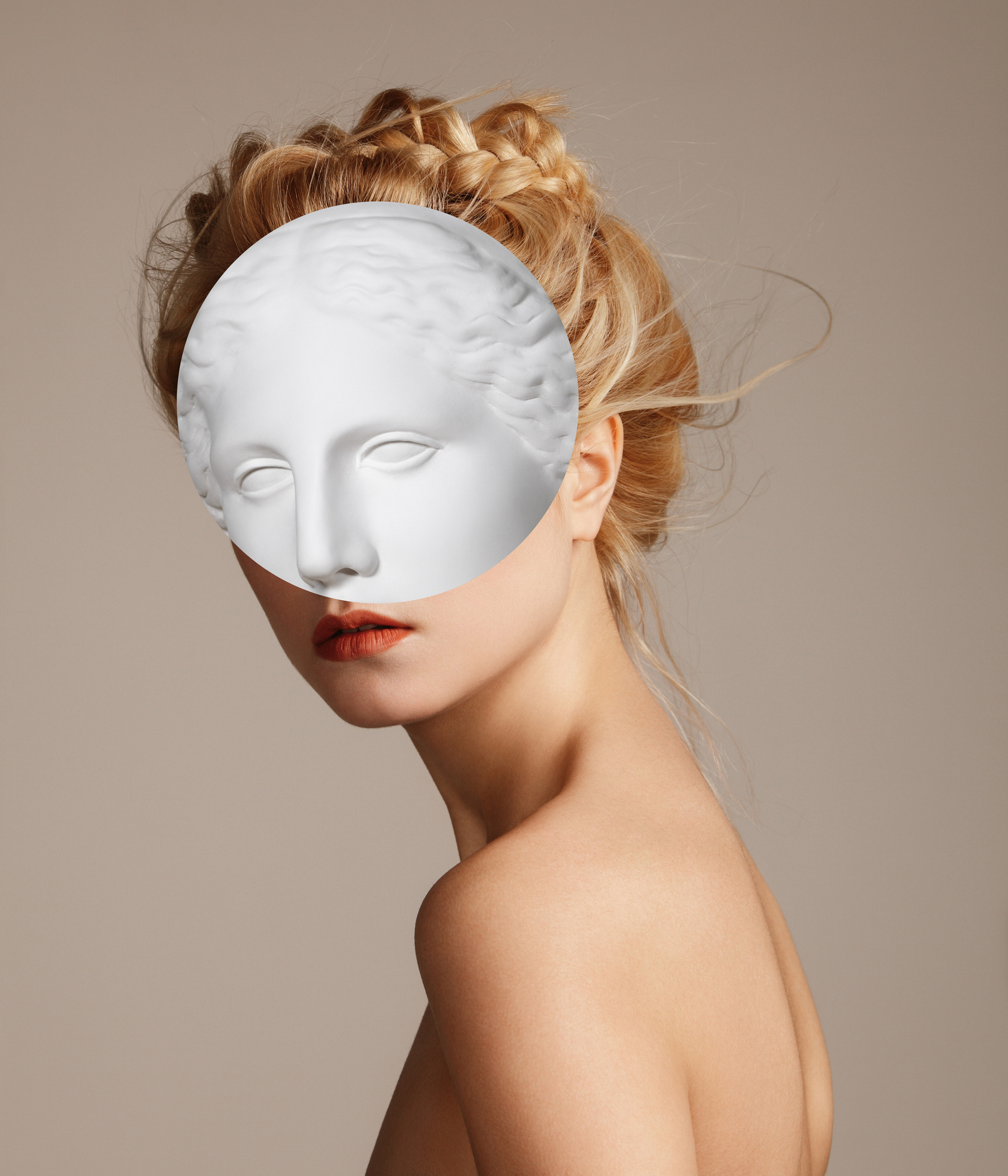
Is it the Definition of Modern Beauty?
No, is the short answer. A 2011 study looked at whether or not faces that fit the golden ratio were seen as most beautiful. They weren’t. Instead, participants found slightly different proportions the most aesthetically pleasing. Or look at da Vinci’s Mona Lisa. Her proportions are based on the golden ratio and today, not many would call her the most BOAT (beautiful of all time).
That doesn’t mean the golden ratio isn’t used today — plenty of beauty pros still use the concept to create balance in a look. But that’s the key — balance and proportion, not deeming someone more beautiful because the length of their face is roughly 1.6 times the width of the face. As some other clever ancient Greek said, “Beauty is in the eye of the beholder.”
How it Applies to the Face: Brows and Makeup
Where the golden ratio can be most readily applied is with eyebrows since “Balance and proportion are key when it comes to designing a brow shape best suited for your facial structure,” says Shaughnessy Otsuji, brow expert and founder of permanent makeup clinic Studio Sashiko. “The golden ratio is a great tool to use during the brow design process to determine the main measurement points of the brow: the beginning, the arch and the tail.” In general, she says brows should begin above the middle of your nostrils and slightly in from the inner corner of the eyes; the highest point of the arch should be measured by lining the middle of the tip of the nose up diagonally through the pupil and iris; and the tails should end along the same line where the corner of the nostrils meet the corner of the eye. “After using the golden ratio technique to confirm our three main points of the brow, minor adjustments will be made to accommodate for noses, etc.” Otsuji’s goal is to always work with the individuality of each face, using the ratio as a guide, not a hard-fast rule, “as it will vary with each face I work on.”
Tennis pro Emma Raducanu’s eyebrows hit all the right angles.
So how does the golden ratio work for makeup? In this day and age, the idea is not to have everyone fit into one equation and set of defined measurements, but rather play with a few makeup tricks to create a balance that will enhance your natural beauty. Cue: contouring. The whole premise of using darker and lighter shades for depth is about creating proportion. Makeup pro Saffron Hughes of FalseEyelashes.co.uk contours her forehead to make it look smaller and in proportion with the rest of her face, as it’s bigger than her chin. (Areas that you want to be minimized are darkened.) Those who want a slimmer nose can contour it to appear thinner (hence the thousands of YouTube tutorials on the topic).
Darker contouring on Jennifer Lopez’s cheekbones give balance to her diamond face shape.
Aside from contouring, you can also use makeup to change the size of your features. Want your eyes to appear larger? Apply a white or nude liner to your waterline “to give the illusion of brighter, bigger eyes,” says Hughes, who notes: “Makeup allows for freedom of expression and we should be celebrating and enhancing our unique features, not trying to change them because someone says they don’t fit the golden ratio.”
Makeup pro Beau Nelson often uses light liner to help his clients’ eyes pop, including Ellen Pompeo and Kristen Stewart.
How it Applies to Hair: Cut and Color
Robert Siebert, VP of Education for Aloxxi haircare absolutely sees the benefit of applying the golden ratio to hair: “It ensures that when a stylist is advising a client on hair length, shape, texture or color, the end result will balance the proportion of the client’s face, resulting in a very flattering style.” It’s the reason that a sleek bob might look amazing on one client and somehow hit the completely wrong note on another — it’s all about proportions that are aesthetically pleasing. Some examples include long, full curls, waves and layers to balance a long face shape. Or a chin-length bob to complement a heart-shaped face.
Sarah Jessica Parker’s long face shape finds balance with long, layered hair that’s highlighted from the temple to below the chin.
How does it work for color? “A true colorist will look at the client’s face shape, hair length, and shape to determine not only the level and tone of a color but also where to place different levels and tones to create beautiful balance,” says Siebert. Think of it as contouring for the hair. For example, with a diamond face shape, where the cheeks are more prominent than a narrower forehead and chin, the colorist would put the lightest color at the chin level and downward. Round or square face shapes look lengthened with lighter hair color at the top of the head.

Remember, balance and proportion for every individual face are the keys to applying the idea of the golden ratio today. As Hughes says, “We are all beautiful in our own ways. It would be extremely boring if we all looked the same.”
We only recommend products we have independently researched, tested, and loved. If you purchase a product found through our links, Sunday Edit may earn an affiliate commission.
